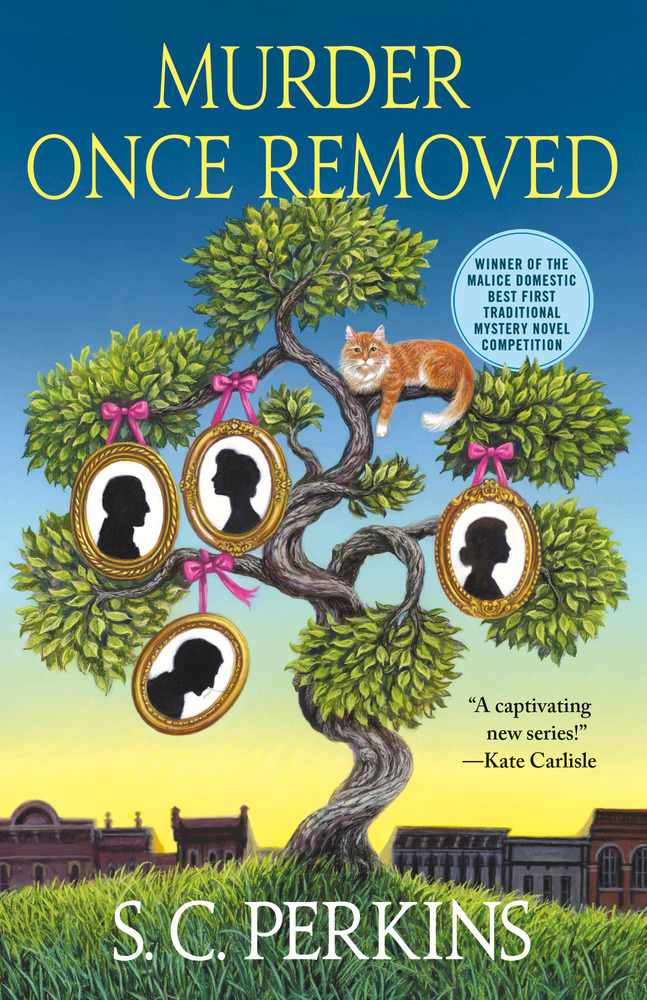Musings on family history, regional history, book reviews, and miscellaneous observations and comments by a genealogist and librarian living near the Great Smoky Mountains in East Tennessee.
Tuesday, March 19, 2019
Murder Once Removed
Perkins, S. C. Murder Once Removed. New York: Minotaur Books, 2019.
Lucy Lancaster, a professional genealogist, researches the family of Gus Halloran, uncovering a mystery surrounding the mid-19th century death of Seth Halloran. A photographer's journal states he was murdered by C.A. and then the scene was tampered to make it look as though he were trampled by horses. Lucy finds two candidates for C.A., but since enmity runs deep between the Applewhite and Halloran families, Gus focuses on that solution when he tells his family's story in a press conference. A page, possibly revealing the identity of C.A., was missing from the journal. As Lucy investigates, she runs into an FBI agent moonlighting as a history professor and into danger. I enjoyed the historic mystery; however, several things bothered me about the book. Lucy discusses research several times in very vague terms, making me wonder how familiar the author was with genealogical research. At one point Lucy tells another character about her flat rate package for researching "first family" Texas ancestry. Very few professional genealogists offer flat rate packages these days because it is nearly impossible to predict how long it will take to make a genealogically sound connection to a qualifying individual. Those who do offer such a package generally work for a larger firm rather than for themselves. Most charge an hourly rate plus expenses with a retainer collected up front. The balance is usually due before the final report is sent. The biggest error concerned census research. Lucy found results in the 1890 census. That census was mostly destroyed by fire. For the state in question, fragments of three enumeration districts in two counties exist as well as the Union Veterans schedule, which was small in a Confederate state. In the extent schedules, six families appear in one county; in the other county, four families appear in one enumeration district fragment and ninety-two families in the other district. Nowhere did Lucy mention the county to which the family moved and nowhere did she mention luck at finding the family. In fact the two counties were unlikely places for the family to reside based on comments about the family's life in the state. While widows of Union veterans were sometimes heads of household in these schedules, the information supposedly gleaned from the census makes it impossible the veterans schedule was what she consulted. While the mystery held great potential, the author's unfamiliarity with genealogical research hampered its effectiveness. If the series continues, I hope the author gets a professional genealogist to read the book to find errors in record availability and in practice. The other irritating flaw in the book was the author's unprofessional conduct in several instances. No instance's activity served to advance the plot in a way that could not be achieved through ethical means. The author needs to read Genealogy Standards by the Board for Certification of Genealogists and the Association of Professional Genealogist's Code of Ethics before writing additional installments. This review reflects the text appearing in an advance electronic copy provided by the publisher through NetGalley with the expectation of an honest review.
Labels:
book reviews,
mystery
Subscribe to:
Post Comments (Atom)

No comments:
Post a Comment